
Introduction
When a crime results in bloodshed there is often a vast amount of information that can be obtained from the crime scene in the form of bloodstains. This article aims to give a brief overview of blood spatter analysis and show how it can help reconstruct the crime scene.
What is Bloodstain Pattern Analysis?
Bloodstain Pattern Analysis (BPA) is the examination of the shapes, locations, and distribution patterns of bloodstains, in order to provide an interpretation of the physical events which gave rise to their origin. This is based on the premise that all bloodstains and patterns are characteristic of the forces that created them.
Information that can be obtained from BPA includes the type of weapon used; the number and sequence of blows or gunshots; the direction from which the victim was struck; the position and movements of the victim and assailant; the handedness of the assailant; and the timing of the crime.
Blood Stains Characteristics
Blood spatters can lead to the recreation of a crime because of how blood behaves. Blood leaves the body as a liquid and travels in spherical drops due to surface tension. These drops behave in predictable ways when they strike a surface or a force acts upon them.
There are several different thoughts on how to classify and define bloodstain patterns. One way of categorizing them is based on the mechanism that created the stain. There are three main groups, passive, projected, and transfer/contact.
Passive
Passive bloodstains form due to gravity and can be divided into four types. Passive drops are those created by the force of gravity acting alone; drip patterns result from blood dripping into blood; a flow pattern occurs when there is a change in the shape and direction of a bloodstain due to the influence of gravity or movement of an object. Blood will flow from the body downwards and collect in the lowest areas on or near the injured or deceased person. A pool pattern will form when the source of the blood is stationary for some time.

Figure 1. Passive blood drops (J. Slemko Forensic Consulting 2010)
Transfer
Transfer or contact stains are produced when a surface with wet blood comes into contact with an unstained surface. Transfer stains can be divided into wipe patterns, created when an object moves through an existing stain altering its appearance; and swipe patterns which result as a transfer of blood from a moving source onto an unstained surface. It may be possible to recognise the object that left the pattern, for example, a bloody hand or foot wear.
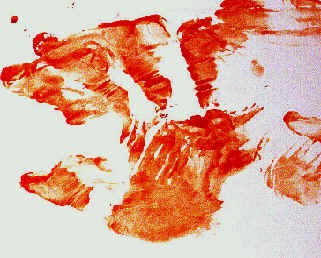

Figure 2. Transfer Patterns (J. Slemko Forensic Consulting 2010)
Projected
Projected bloodstains occur when a force other than gravity has been applied to a blood source. The force can be internally or externally produced. There are many categories of projected blood spatters, some of which overlap. The two main groups are Impact Spatter and Projection Spatter.
Impact Spatters are created when a blood source receives a blow or force resulting in random dispersion of smaller drops of blood. They typically occur with beatings, stabbings, gunshots or any other circumstance where a foreign object impacts the victim.
Low-velocity impact spatter occurs when an object travelling less than 5 ft/s or 1.5 m/s comes into contact with a blood source. This will result in large spatters between four and eight millimetres. Medium-velocity impact spatter occurs with an object that is travelling between five and100 ft/s or 1.5 and 7.5 m/s. The stain is generally no bigger than four millimetres. This type of spatter can be caused by blunt force trauma or cutting and stabbing actions. High-velocity impact spatter results when the object strikes a blood source faster than 100 ft/s or 30m/s. The stains produced are smaller than one millimetre and have a mist-like appearance. High velocity patterns may be created by gunshots or explosives, but may also be caused by industrial machinery, coughing, or sneezing.

3a) Low-Velocity

3b) Medium Velocity

3c) High Velocity
Figures 3 a-c. (J. Slemko Forensic Consulting 2010)
Back spatter is cause by blood directed back towards the source of the force that caused the spatter. This is usually seen in gunshot wounds and the droplets travel in the opposite direction to the path of the bullet. With gunshot wounds there is also forward spatter when the bullet exits the body, the droplets follow the direction of the bullet. In most cases, the back spatter is much smaller than the front spatter because the spatter travels in the direction of the bullet.
There are three types of Projection Spatters. Arterial gushing/spurting patterns result from blood exiting the body under pressure from a breached artery. Cast-off stains result when blood is released or thrown from a blood-bearing object in motion. Expiratory bloodstains result when blood is blown out of the nose, mouth, or a wound as a result of air pressure and/or air flow which is the propelling force.
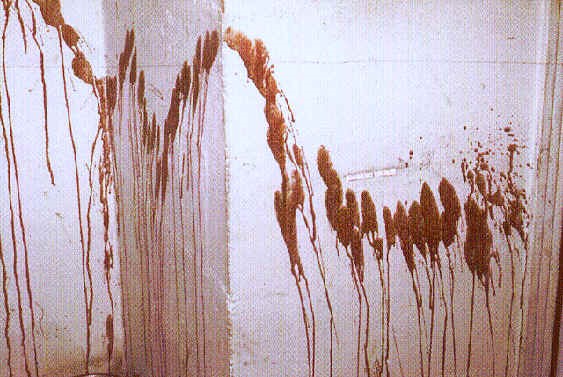
4a) Arterial Spurting Stain
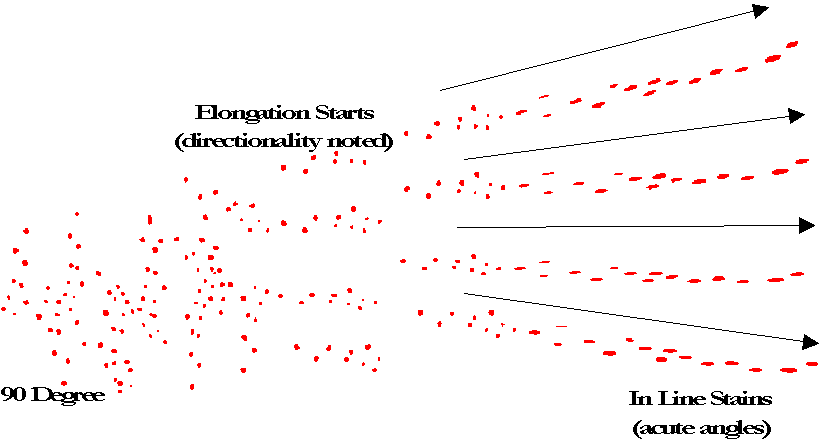
4b) Cast-off Pattern
Figures 4 a-b. (J. Slemko Forensic Consulting 2010)
Overlap in classifications
Passive drops can be considered as a type of low velocity spatter, as can arterial spurts and cast-off patterns. Low-velocity spatters can also result from pools of blood around the body of a victim and transfers.
Target Surface Texture
The type of surface the blood strikes will determine the amount of resulting spatter and the size and appearance of the blood drops.
Blood droplets that strike a hard smooth surface, like a piece of glass, will have little or no distortion around the edge (Figure 5).
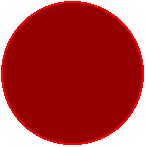
Figure 5. (J. Slemko Forensic Consulting 2010)
Blood droplets that strike slightly textured surfaces take on a slightly different appearance. There will be distortion around the edge of the blood droplets (Figure 6).
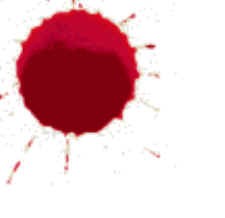
Figure 6. – Linoleum Flooring(J. Slemko Forensic Consulting 2010)
Surfaces with rough textures, such as wood or concrete will result in distortion to a larger extent and can have spines and secondary spatter present (Figure 7).

Figure 7. (J. Slemko Forensic Consulting 2010)
Reconstruction of the crime scene
In order to reconstruct a crime scene the directionality and impact angle of the blood droplets need to be figured out, so the area of convergence and area of origin can be determined.
Each droplet in a blood spatter strikes the surface from a unique direction and at a unique angle. The impact angle is the acute angle at which the blood drops strike the surface and the directionality is the course the blood droplet followed. When a droplet of blood strikes a surface at a right angle the resulting bloodstain will be circular. When blood strikes a surface at an angle less than 90 degrees the bloodstain will be elongated. The pointed end of the bloodstain will always point in the direction of travel.
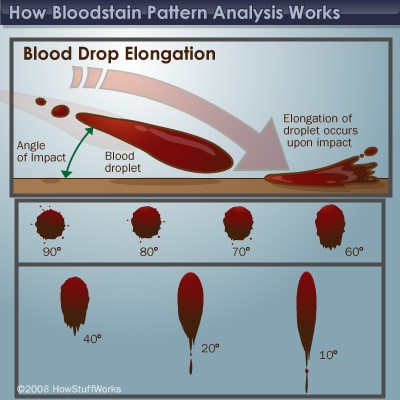
Figure 8. Blood Drop Elongation (Freeman S. 2008)
The area of convergence is determined with a two-dimensional representation of the area where lines tracking the pathways of several stains meet, indicating the general location of the blood source in relation to the spatters. At the crime scene, investigators stretch strings from each stain according to the angle of impact; where those strings meet is the area of convergence.
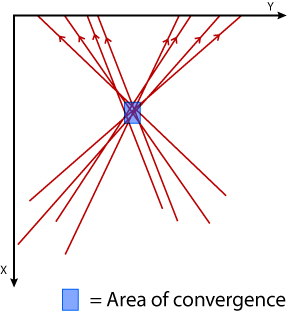
Figure 9. Area of convergence (Wikipedia 2010)
The area of origin is the area in three-dimensional space where the blood source was located at the time of the incident (Wikipedia 2010). It is the area within which the lines tracking both the pathways and the angles of impact of several blood spatters meet. By stretching strings along the angle of impact of each stain, investigators can find the area of origin (Lyle, D.P. 2004).
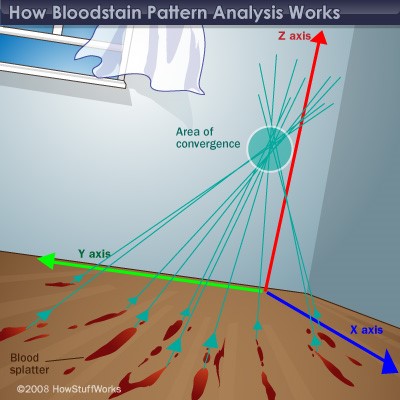
Figure 10. Area of Convergence and Origin (Freeman, S. 2008)
Interpreting void patterns
A void pattern occurs when there is an absence of blood spatter in an area where normally it would be. Voids can indicate the position of the attacker, as his body would prevent the blood from spattering on surfaces behind him.
Indications from dried or clotted blood
Over time, blood spatters dry. The outer edges dry first. A really dry blood spatter will flake off, leaving a ring around the original diameter of the spatter. The dryness of the blood can help determine when a crime occurred.
Once it has exited the body blood will eventually begin to clot. Clotting can occur within 15 minutes. If some blood spatters are more clotted than others, it can indicate that multiple blows or gunshots occurred over a period of time.
Conclusion: Putting it all together
The blood spatter analyst can reconstruct the scene and determine the exact sequence of events, based on the bloodstain evidence. The analyst would take into account the types of spatter found; the areas of convergence and origin determined from the impact angles and directionality; and the state of the blood whether wet, dry or clotted or some stage in between.
References
- Freeman, S. (2008), “How Bloodstain Pattern Analysis Works”, http://science.howstuffworks.com/bloodstain-pattern-analysis.htm.
- J. Slemko Forensic Consulting (2010), “Bloodstain Pattern Analysis Tutorial”, http://www.bloodspatter.com/BPATutorial.htm.
- Lyle, D.P. (2004), Forensics for Dummies, Indiana: Wiley Publishing, Inc.
- Shepherd, R. (2003), Simpson’s Forensic Science, 12th edition, London: Hodder Arnold
Bibliography
- Akin, L.L. (2005), “Blood Spatter: Interpretation at crime scenes”, The Forensic Examiner, http://findarticles.com/p/articles/mi_go1613/is_2_14/ai_n29186570/
- Dickerson, M.E. (2010), “Studies in Bloodstain Pattern Analysis”, http://bloody2.com/experiments.aspx
- Murfin, M. (2009), “Forensic Science of Bloodstain Pattern Analysis: Process of Evaluating Blood Spatter Evidence at a Crime Scene”, http://crime-scene-processing.suite101.com/article.cfm/forensic_bloodstain_pattern_analysis
